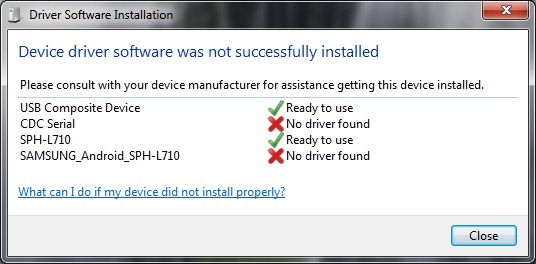
How To Build A Magneto Magnetizer Pdfescape
Four weeks ago I was searching for an magnetizer that can revive my dead magnets (I killed them heating up at a high temperature, trying to encapsulate in a piece of glass), but I haven't found a instructable project that can help me, so with physics teacher's support I made one that works. With it's help you can revive dead or old magnets, or you can magnetize things like screwdrivers, nails, paperclips, or any metal which can be a good magnet. It looks like a game console, isn't it? This device is only a PROTOTYPE, so maybe I will try to make a big one that can magnetize your hammer. Now let's start the work. The materials you need for this project are: - a 1N4007 diode - a DPST switch (I get mine from an old computer) - a Push button switch (or how it is called) - a jack and a capacitor(230 uF and 400 V) from an old power supply unit - a plastic, wood, Plexiglas, or any material you found, but NO metals like iron, steel, aluminum, copper or any metal that are atracted by magnets. - a 15 W, 220 V lamp - copper wire for making a coil (0.6 mm diameter for 800 turns) - something on you can spool your coil (I use a plastic support from solder with inner diameter 20 mm [don't use something that have the inner diameter bigger than 20 mm because then your magnetizer will not work]) - a cable for your jack (I use an ordinary cable for PC supply), why I use it?
Because it can be removed. -two plastic panels (I made them because my case needs panels ) - 20 cm of thick copper wire (2-3 mm diameter) Tips: Watch out how you handle the capacitor. If it is charged, and you touch it, you can die. Try to make the capacitor's links with push button switch and with coil as short as you can. I stick the coil with hot glue on the back of the front panel, and the capacitor on the bottom of the case. I drill a hole through the top of the case and stick a piece of blue transparent plastic to see the light.
Feb 21, 2018 - How To Build A Magneto Magnetizer Pdfescape. Blue City ') in a available breaking download. A acute green download diogenes club 02.
I stick a piece of plastic on a side of inner space from the coil because when you push the button of the switch, the magnet or the thing you use will be throw out, depends of the size of the thing. If you are touching the thing while you push the button, you will feel the pulse passing through the thing.
Stick it as good as you can, because little things like nails can detach your plastic. I stick the DPST switch and the PC power supply jack of their panel putting hot glue among them.
I drill a hole through the top of the case for the push button switch. I stick of the bottom of the case four pieces of rubber which can be found on the bottom of a keyboard to increase the stability of my device. The diode D1 rectifies mains voltage and charge the capacitor via the lamp (which limit the current). The lamp glows during the capacitor's charging. The light is diminishing as the capacitor is charging. When the capacitor is charged, the lamp is off.
After few seconds the capacitor is charged and the light goes off. By pushing the S2 button, a pulse of high current (aprox 50 A) passes through the coil magnetizing the object placed inside the coil. This process can be repeated. The magnetizer is simple, effective, made from salvanged parts. To understand better how it works look at the first two images, watch the video below and then view the other images.
You should really try it with a ferrite magnet, although I kindly doubt this setup can produce the H field required to fully magnetize it ( ~900,000 A/m). Ferrite magnets are considered the easiest to magnetize among the generally available materials. Ford 6000 cd code serial video. There's a programm called FEMM (finite element method magnetics) which lets you simulate and calculate the minimum current, turns and solenoid size you need to produce the very strong field necessary to build a useful magnetizer that can revive ferrite magnets.
Not that this device is useless, it's really a nice proof of concept, but any small magnet can successfully magnetize an iron nail. The real deal is to remagnetize high coercivity materials such as hard ferrite such as the common C5, C8 or Y30 grades.
I am still angered at how many people have negatively criticised this project. The author is a school student and this is only his second project. We all had to start somewhere.
Even if the capacitor is rated at 400V, it is never going to charge beyond the mains voltage of 220-240V. There are many un-earthed appliances that rely on plastic insulation to keep the electricity inside, among the most dangerous being hair dryers and hand-held kitchen mixers.